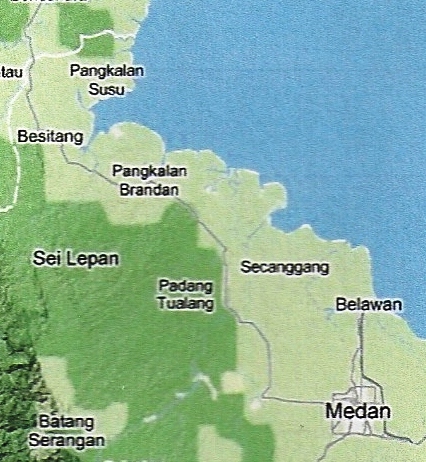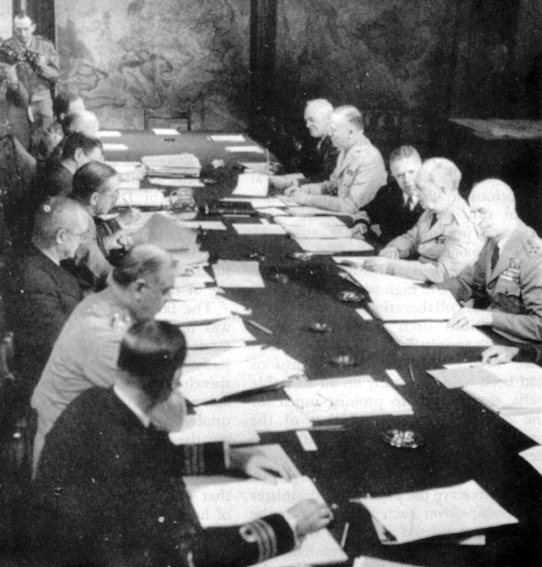




|
MARU Class Otowasan Maru |
MARU Class (posteded 5/4/2013) |
MARU No. 1 Class Ogura Maru No. 1
|
MARU Class Eiyo Maru |
MARU Class Tachibana Maru |
MARU Class Rikko Maru Teikon Maru Hakko Maru Palembang Maru
|

Bob Hackett is a military historian and researcher. Retired from the United States Air Force and later from the aerospace industry, he resides in the United States.
Erich Muethlhaler is a maritime historian and researcher He resides in Germany.
Peter Cundall is a maritime historian and researcher who specializes in merchant ships. He resides in Australia.
Gilbert Casse is a maritime historian and researcher. Retired from aerospace industry and later from managing Le Mans racing cars and drivers. He resides on the SW coast of France.
Questions to the authors concerning these TROMs should be posted on the Discussion and Questions board.

